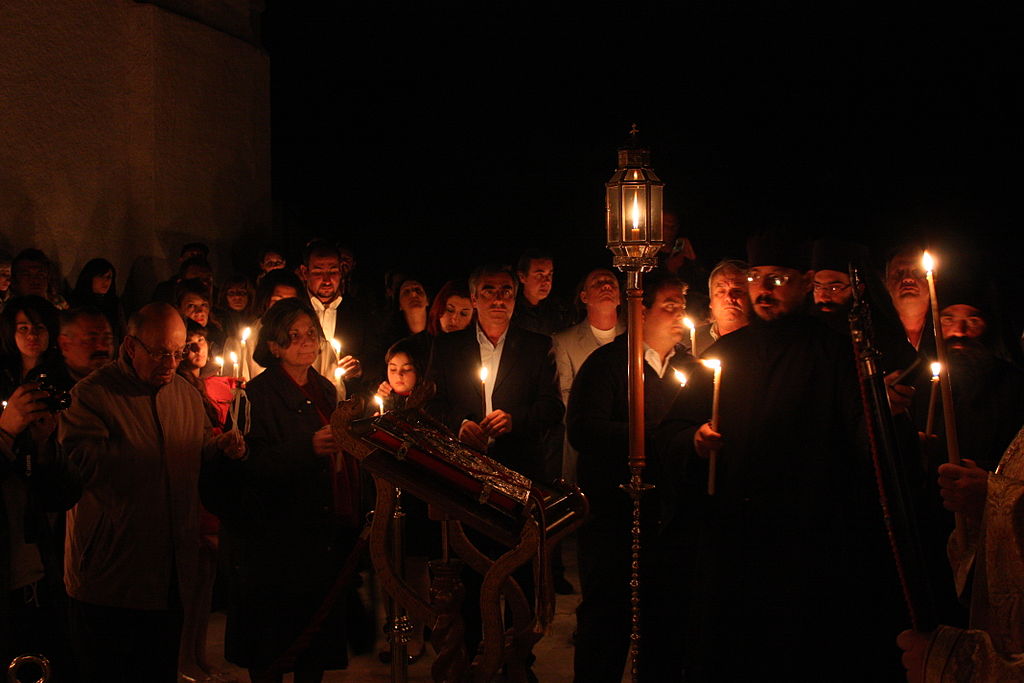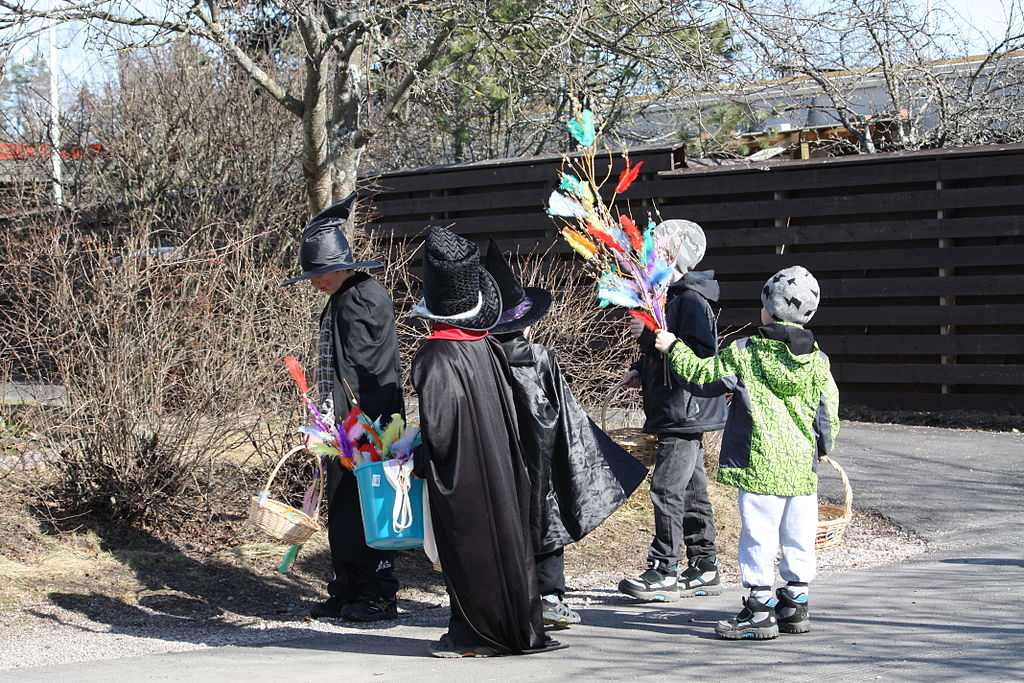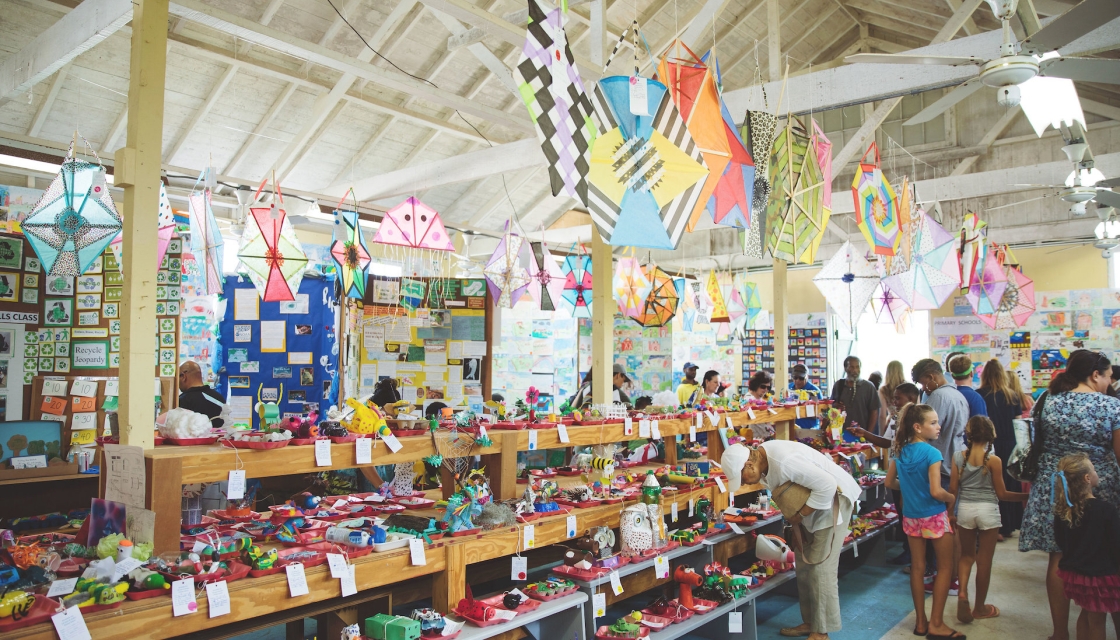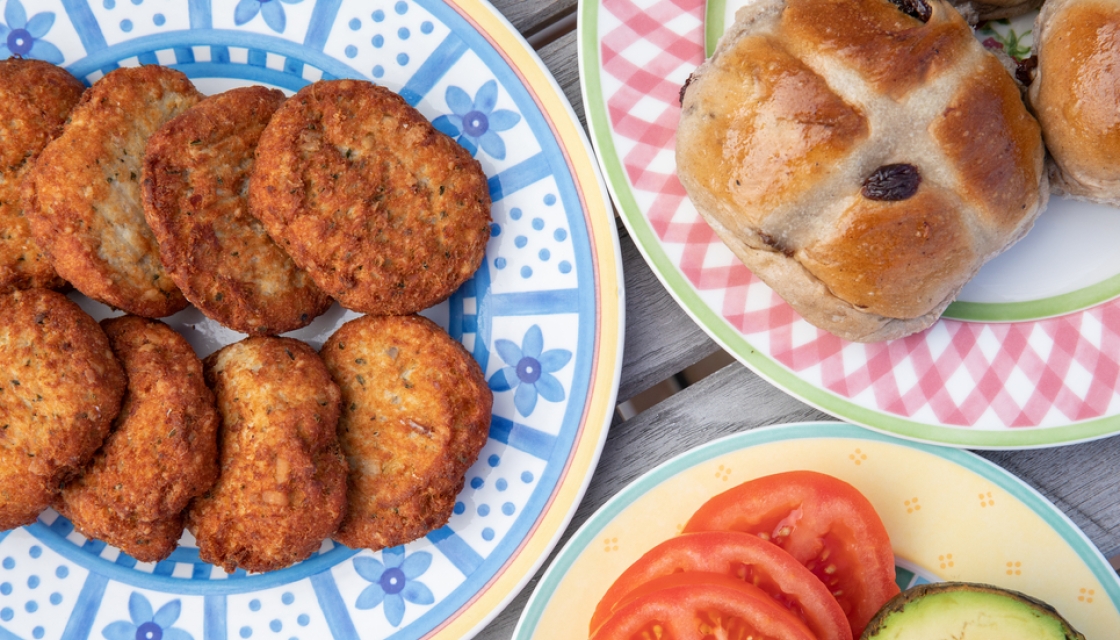There is a deeper meaning behind egg hunting and other cultures’ practices as Easter traditions represent new life or rebirth.
People are once again reminded of why we commemorate the Holy Week, and this is due to the ultimate sacrifice of love from Jesus Christ. As time passed by, global Easter traditions sprang up, varying from culture to culture.
Here are some countries’ observances during this meaningful time.
READ ALSO: The Era Of Vitality: The History Of The Lunar New Year And Traditions To Welcome The Wood Dragon
Greece’s Orthodox Easter
Greece has their Orthodox Easter traditions which is different from the traditional occasion we all know. They have an Easter Saturday, which represents the victory of light over darkness. This sacred day begins with the transfer of “the mysterious flame of the Resurrection from the Holy Sepulchre in Jerusalem.”
The Agioi Anargyroi church receives the flame first once it arrives in Athens by plane. Afterwards, it will journey to the Metropolitan Cathedral and will be distributed to churches in Attica.
Crowds get ready for midnight mass as early as Saturday night. Most Greeks, as per This Is Athens, said people wouldn’t dream of breaking this habit, whether or not people are religious. Children bring candles called lambadas that are decorated with ribbons and Easter symbols, which came from their godparents.
The midnight mass leads into the priest lighting a candle from the eternal flame and proclaims “Christos Anesti.” This translates to “Christ is risen.” People pass on the flame to one another with the response “Alithos Anesti” or “Verily He is risen.” Families would indulge with their Easter feast at home after the mass and crack red Easter eggs for good luck.

Greeks also have pot smashing in Corfu on “Holy Saturday.” They throw terracotta pots from house windows at the “Spianada” square symbolizing a new beginning.
The Easter culinary culture and bells of France
Alliance Française Vancouver mentioned the les cloches or the church bells are silent during the Holy Week as a sign of grief. It starts ringing again by the eve of Easter Saturday until Easter Sunday which celebrates Jesus’ resurrection. The bells signify the start of filling gardens with candies that children can find during the traditional egg hunt.
“In Christianity, the Easter eggs symbolize the empty tomb of Jesus,” the organization stated.
They explained how the concept helped children understand the meaning behind the holiday. Eggs are filled with candy at present, bringing them happiness, equating to what Christians felt with the son of God rising from the dead.
Chocolate bells are common with the French’s Pâques (Easter) aside from the customary Easter eggs. They also have the giant Easter omelet exemplifying the spirit of community and generosity throughout towns. People utilize 15,000 eggs which are big enough to feed 2,000 locals and visitors.
Lamb, rabbit, Easter pies, and chocolate-filled brioche nests are also considered conventional dishes for the occasion.
Finland’s eclectic celebrations
One of Finland’s most popular family Easter traditions is when children dress up as witches. They put on colorful clothes and paint freckles on their faces. Afterwards, they go door-to-door with willow twigs with feathers and crepe paper decors to ward off evil in exchange for twigs.
The willow twigs are reminiscent of the palms used when Jesus visited Jerusalem, which Catholics know of as Palm Sunday.
Children’s culture expert Reeli Karimäki said the witches are to chant a rhyme at the door: “Virvon, varvon, tuoreeks terveeks, tulevaks vuodeks; vitsa sulle, palkka mulle!” This translates to “I wave a twig for a fresh and healthy year ahead; a twig for you, a treat for me!”
Families also do planting of grass seeds and birch twigs, denoting the renewal of life.
They indulge in Easter meals consisting of roast lamb, local desserts, and pasha, a pudding made from sweetened cheese and cream.
Other practices from Finns include passion plays, processions, and bonfires to deflect evil spirits.

Colorful kites from Bermuda’s Easter
Bermudians celebrate a colorful Good Friday prior to their Easter festivities. They craft traditional kites that they send to the skies. A legend dictates that a Bermudian teacher needed to simply explain Jesus’ ascension to heaven. They used a kite with Jesus’ face to let their students remember the concept, hence the start of the tradition.
The kites are made from wooden sticks, strings, and colorful tissue paper. Family and friends gather at their favorite places, play games, and fly the kites.

Bermudians serve hot cross buns and codfish cakes for the occasion. The sweet-spiced buns with raisins are particularly important as they signify the end of Lent season.
Sunrise services are observed on Easter Sunday. Visitors and locals visit Bermuda’s popular St. Peter’s Church, the oldest Anglican church. They carry on with activities like egg hunts for children, enjoying feasts, and seeing some appearances of the Easter Bunny.

Poland’s culture in Easter festivities
The Polish Tourism Organization said Easter is an incredibly important holiday for Poles. For them, it represents spiritual renewal, hope, and togetherness. which is why Poland has numerous traditions embedded with their own unique culture.
Their traditions include Easter baskets blessing, which people fill with food and bring to church for the priest to bless. It primarily contains eggs, bread, ham, sausage, among others.
People attend the traditional Easter Sunday mass in the morning, where families come together and celebrate. They arrange a big breakfast afterwards with eggs, bread, and cold cuts.
The festivities continue day after, where Smigus dyngus happens. This is where people douse each other with water, which is believed to be a pagan spring ritual as per the Polish tourism body.
Other events like Easter markets, concerts, exhibitions, parades, bonfires, and egg hunts are rampant across the country.
Banner photo from Monika Grabkowska via Unsplash.





